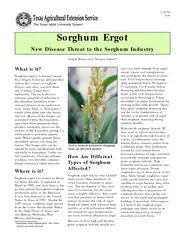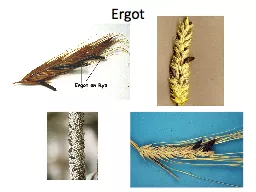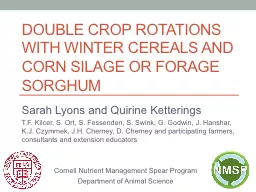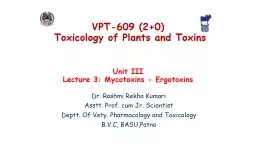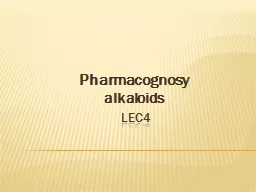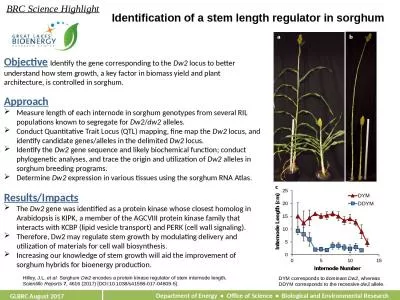PDF-What is it Sorghum ergot is a disease caused by a fung
Author : test | Published Date : 2015-06-12
The most obvious external symptom of infection is the abundant exudation from infected flowers of an ambercol ored sticky fluid or honeydew which often drips onto
Presentation Embed Code
Download Presentation
Download Presentation The PPT/PDF document "What is it Sorghum ergot is a disease ca..." is the property of its rightful owner. Permission is granted to download and print the materials on this website for personal, non-commercial use only, and to display it on your personal computer provided you do not modify the materials and that you retain all copyright notices contained in the materials. By downloading content from our website, you accept the terms of this agreement.
What is it Sorghum ergot is a disease caused by a fung: Transcript
Download Rules Of Document
"What is it Sorghum ergot is a disease caused by a fung"The content belongs to its owner. You may download and print it for personal use, without modification, and keep all copyright notices. By downloading, you agree to these terms.
Related Documents

